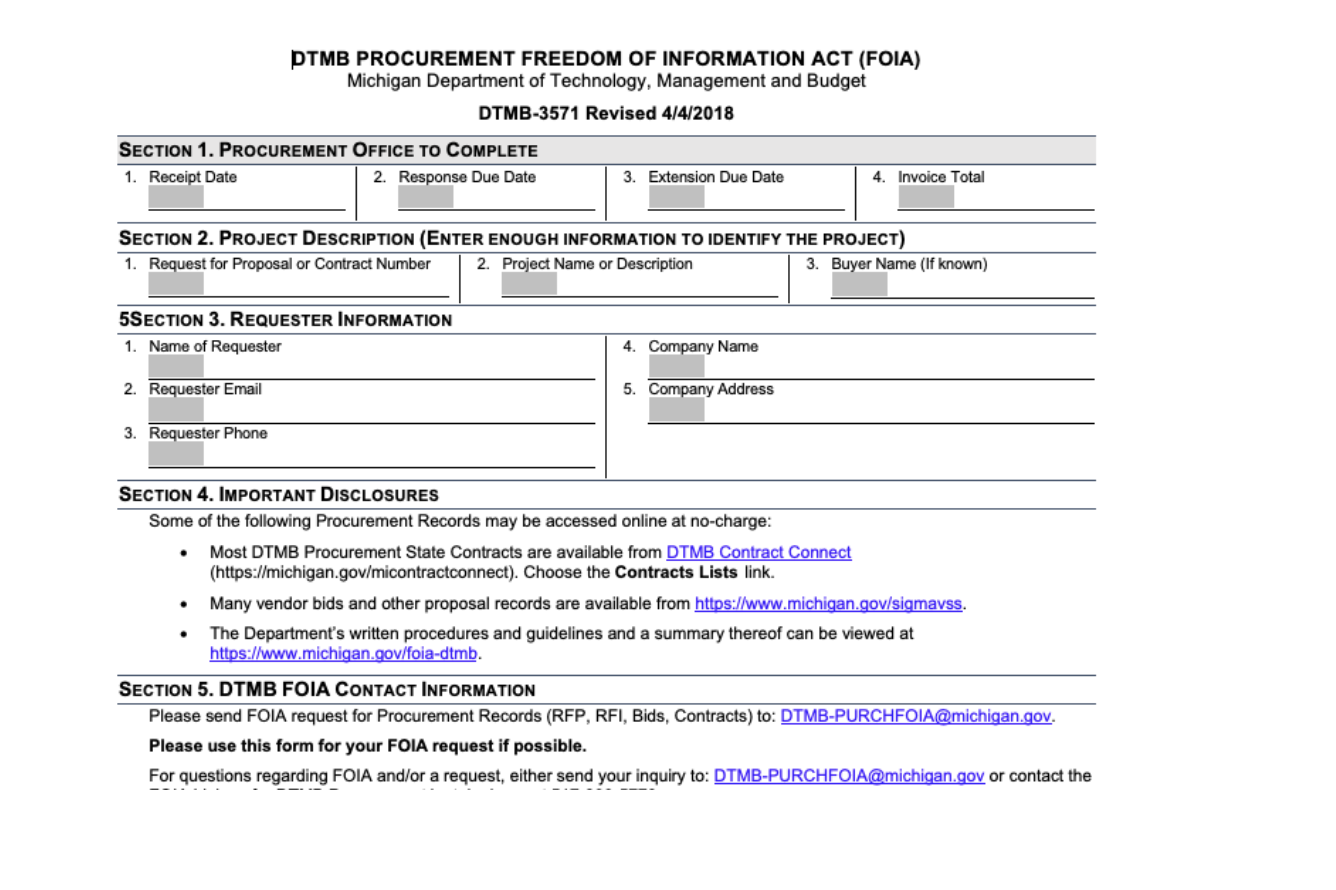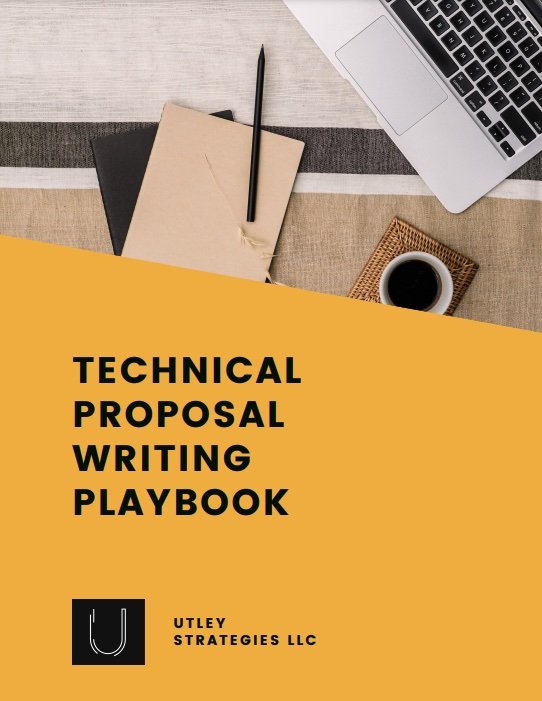How to See Your Competitor's Proposals
When submitting a proposal in response to an RFP, the biggest question everyone asks is “how do I know who else is bidding and what they’re proposing?” Having the answer to this question can help you create a proposal that speaks to your strengths and benefits while indirectly addressing their weaknesses. This approach can be the difference between being invited to the next stage or being knocked out of the running.
Fortunately, there IS a way to see the proposals of your competitors. Thanks to the Freedom of Information Act (FOIA), you can submit a FOIA request to see the exact proposal your competitor submitted. Who wouldn’t want that insight?
Of course, this only applies to government RFPs, unfortunately. However, even if you do not support government clients but you know your competitor does, you can still use this to learn how they structure their proposals, position their offerings, and, sometimes, even how they price. However, it’s important to note that any agencies consider pricing confidential and will not disclose it.
How to Acquire Competitor’s Proposals
The exact process varies depending on the organization that released the original RFP. In general, you tend to submit the request directly to that organization. In smaller agencies, such as local towns or smaller governments, the procurement department will fulfill this request or redirect you to the appropriate person. For larger agencies, such as a statewide RFP, they most likely will have a dedicated FOIA or public records department where you will submit the official request. In those cases, search the organization's name and “public records” or “FOIA request”, and you will often quickly find the correct place.
Once you know where to submit the formal request, review to see what information is required. Some agencies use a simple online form that you will complete with the appropriate information. Others require that you provide a formal letter detailing your exact request. In general, you should always have the original RFP name and number, the rough date when it was originally due, and the new contract information (if possible). Any other necessary information will be detailed on their form.
Some agencies allow a “free” amount of time for each request and will then charge a fee for anything above that time. This means that if you request all of the proposals for a contract that had 50 bidders, you may end up having to pay a slight few. In those cases, you will typically hear back from the records office asking if you do actually need all 50 proposals or if you only need a select few. You can save yourself time and possibly money by ruling out any proposals when submitting the request, if possible.
Example Search
Let’s take a look at a real example.
Say you recently saw an RFP from the State of Michigan’s Department of Management, Technology & Budget (DTMB) for a solution similar to what you offer. You were not able to respond this time, but you want to prepare to bid the next time the contract becomes available in a year from now. Step 1 is to have the original RFP information and the contract number (if applicable). If you do not have the information, you may still be able to find it.
Conduct a search for “Michigan DTMB FOIA Request”. You should see something similar to the below search results. Based on a quick glance, the second option seems like the best choice since it says “Request for Contract” in the top, which most likely is contract information.
When you open the link, you’ll see an overview of their process and other contact information. Right in the middle of the page is the “Procurement FOIA Request Form”, which you will need to complete in order to receive the information.
When you open the form, you will see that it requires information similar to what was described above to be able to identify the opportunity.
Once you have completed the form, send it to the Procurement Records contact email listed on the website. The amount of time to hear back varies based on each organization, but in general you should at least receive an update within 1-2 weeks.
Download the *FREE* Technical Proposal Writing Playbook to improve your proposals today!
Next Steps
Now that you know how to find your competitor’s proposals, the next step is to identify the specific opportunities where you would like to see this information. Create a list of the RFPs and begin requesting the proposals to gather your competitive intelligence.







